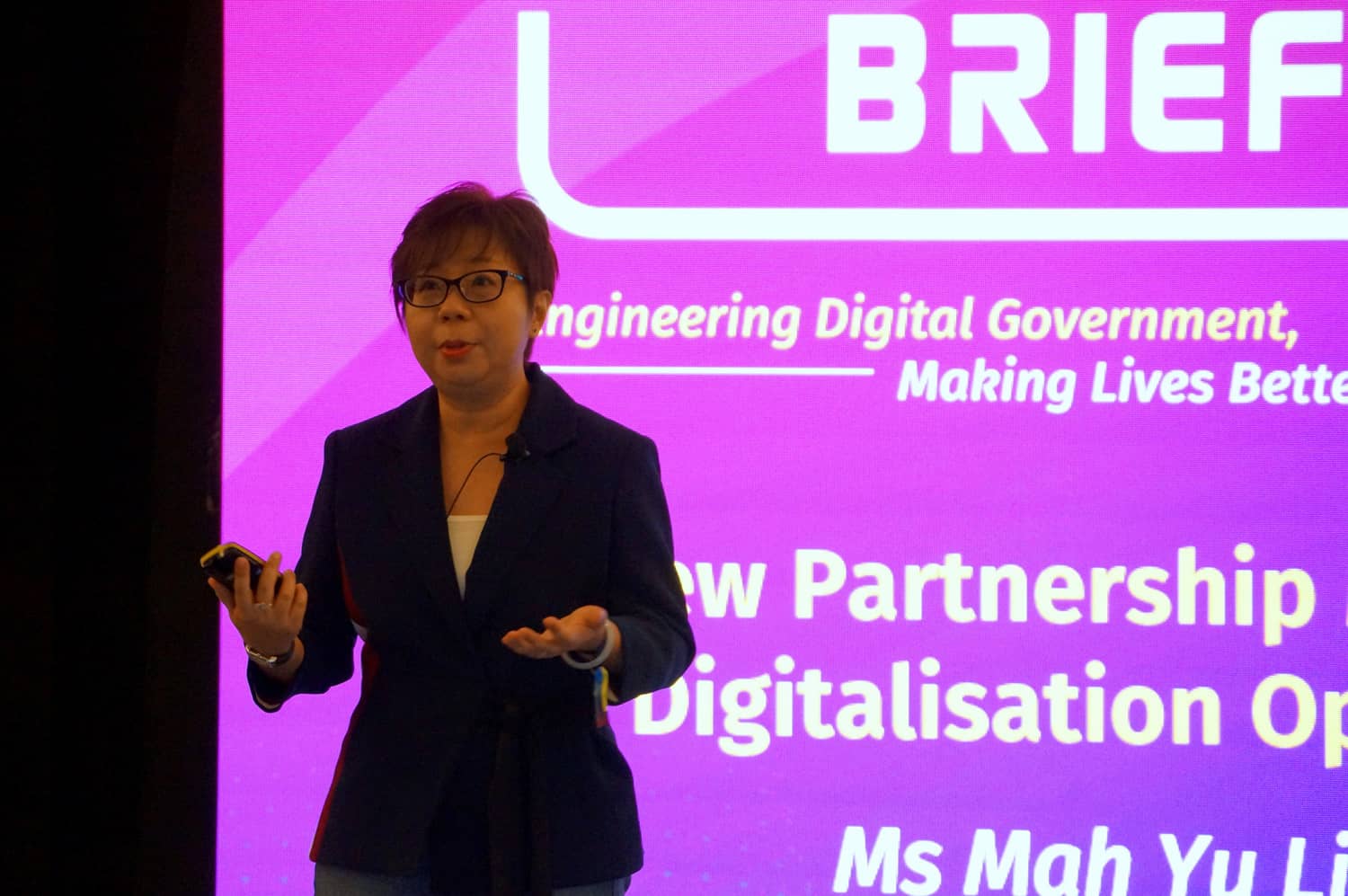3 new ways to partner with GovTech

Procurement procedures typically set out rigid specifications and timelines for industry partners to fulfil. GovTech is introducing a new procurement framework to increase the flexibility of collaboration with partners.
A Government technology procurement process typically goes like this: an agency raises a tech need, goes through a process to source for the right solution and awards to industry partners that are selected based on agreed terms. These partners are required to work based on an outcome-defined and timeline-based framework.
In fast-moving and experimental areas, the lack of flexibility once the project requirements have been set can cause solutions developed by the vendor to be quickly overtaken by newer approaches or, worse, be deemed irrelevant to their use case. Projects based on the waterfall model and full stack requirements—as opposed to the agile development methodology—may be challenging for smaller companies to value-add.
The Government Technology Agency of Singapore (GovTech) has realised the need to streamline its information and communication technology (ICT) contracts. During the Smart Nation & Digital Government Industry Briefing 2019, Ms Mah Yu Ling, Director of Procurement at GovTech, shared three new partnership models that GovTech will be using in upcoming industry collaborations. She also highlighted opportunities for industry players to work with the government to create value for citizens and businesses.
From outsourcing to co-developing
Outsourcing projects to the industry has been the modus operandi for GovTech to expand its product development capabilities. These partnerships have traditionally been established through contracts where specifications are spelt out from the start, and partners are expected to develop solutions independently. However, this may not be optimal when exact methodologies are not known early on or when ready-made solutions are not available in the market.
GovTech is now looking to co-develop technologies with industry partners by working together directly in trials to develop bespoke solutions to the problem statements. “When partners meet the performance mark, they can continue to co-develop more projects with us and perhaps even take over the running of the systems,” said Ms Mah. She emphasised that GovTech welcomes partners of different sizes and areas of expertise and hopes to extend collaborations into other fields of emerging technology.
Dynamic contracts
While past contracts had only one point of entry, more companies will stand to gain in the new procurement model of dynamic contracting, where new suppliers can be introduced throughout the contract period via a supplementary invitation. For companies that have missed the call for ideas earlier, these changes will be reflected in new bulk tenders during the upcoming financial year, said Ms Mah.
The collaboration will also be more long-term to allow sufficient runway for new partners to prove their capabilities to service the agencies. “Having heard feedback that our contracts lockout partners when they miss the bulk tender, we hope that the closer collaboration and flexibility for rapid changes will provide more opportunities for companies to join our panel of suppliers,” said Ms Mah.
Integrated and inclusive call for solutions
Promising ideas can come from crowdsourcing platforms like hackathons, but a separate procurement process to implement those ideas adds a layer of complexity that might just quell their potential. To refine this workflow, Ms Mah shared about an outcome-based call for solutions in which proposals are shortlisted based on preliminary criteria, and selected partners will be allowed to refine their proposals as more details are released. The new proposals are then evaluated for the final awarding of the different stages of the project.
“As the ideas move through different stages of development, we can find out if solutions do not actually address the initial problem, in a single procurement exercise. This allows for innovation through trials and experimentation, preventing technologies from turning obsolete and fail fast quickly when the outcomes are less idle,” said Ms Mah.
She also stressed that GovTech will be making collaboration opportunities accessible to companies regardless of size. Other procurement opportunities are done through the government e-procurement portal GeBIZ, where companies had to first meet financial requirements for certain tenders. The Call for Solutions negates those criteria as it will be on Info-communications Media Development Authority’s open innovation platform, lowering the barrier of entry for smaller companies.

